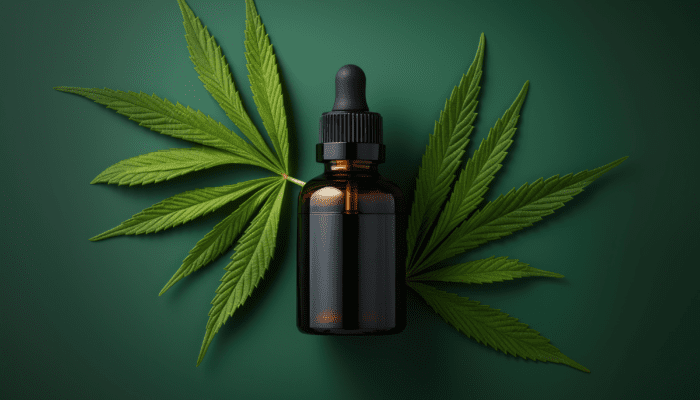Progression of Hemp in America
Hemp heals, restores, strengthens, and brings abundance wherever it is grown or used. Hemp’s history helps us understand why capitalists of industry tried for so long to keep hemp outside the gates of acceptance, lest it overtakes tobacco, wood mills for paper and textiles, and synthetic cures.
But those days are behind us.

Hemp drove commerce and innovation
Throughout American history, hemp has been a likely and unsung champion for a merit-based free-market industry that democratized pay, healthcare, and nutritional options while contributing to robust competition that drives innovation. Silver Lion Farms takes up that tradition with a mandate to ensure millions share in the abundance of hemp as the marketplace matures.
Prior to prohibition, industrial hemp served to alleviate some of the harsh realities of colonial society for those who understood how to work with the plant directly or innovate technology and/uses for growing market demands. We have yet to see what a modern, robust hemp industry can do.
Hempstory
British and US History Prior to Prohibition
The US returned to hemp production in 2018 largely because of mounting evidence of a wide variety of uses for cannabidiol, but the widest applications of the production from the hemp plant have been industrial.
Hemp produced fiber for clothes, rope, sails and many other textiles uses. Byproducts from the plant have tens of thousands of applications. Some colonial states used hemp to print money.
It provided a base substance for caulk used in the construction of houses, ships, and early machinery. And, yes, it also provided plant material used for extraction to alleviate a variety of symptoms. Applications of hemp grew with technology and understanding.
It is tempting to point to a US relationship with hemp with the first European ships to its shores, or maybe with the fact that the constitution was written on Hemp paper,. But the prevalence of hemp was actually established well before Europeans began colonizing the New World.
Hemp created benefits beyond products and food for both Europe and later the United States.
One of the more fascinating aspects of how the industry has interfaced with societies: women in 16th Century England began to earn day wages because worldwide demand for hemp was so intense, which was rare in the feudal society. Women who were adept at cultivating quickly became critical contributors to family outcomes.
This trend of providing unique workers benefits continued throughout European and American societies. Not only was the hemp industry a center for the beginnings of labor rights before it was a term, but it also was a key driver economic during the War of 1812, The Civil War, and WWI.
Beginnings: Connecting Regions
When we say “hemp” this speaks to Cannabis Sativa that has less than 0.3% THC content in a modern context. But when discussing the plant genus’ history, the term mainly refers to industrial applications of Cannabis Sativa or Indica.
The uses of hemp have evolved along with available technology and human need throughout our history.
The earliest archeological record of hemp use is in the modern-day Czech Republic as far back as 26-millennia ago as fishing nets. In China, hemp rope can be found for use in pottery design as early as 5000 BCE. By the 7th Century, the Tang dynasty had funded the development of using paper money out of hemp.
Throughout ancient history of the Korean peninsula, the region was forced to use short clusters of hemp rope as the only method of payment for taxes to the neighboring Chinese Dynasty because the hemp from that region was famously strong and well refined.
By the 9th Century in Russia, hemp dominated as the source of textiles and food for commoners. The “seeds” are actually hardened fruit with seeds in the middle. That layer of extra skin has supplied many people with quality nutrients, and the oil was cultivated for cooking and to fuel lighting. The prevalence of hemp made it a staple food and textile source in feudal Russia up to, and past the Czar’s fall.
Discovery of Diverse Applications
The first record of its potential benefits can be found by 2700 BCE, where Pen Ts’ao, the father of Chinese Medicine, instructed his students to cultivate the female plant.
In the Atharva Veda, mention of hemp is present within a hymn that begins with an invocation to Soma, an almost ‘patron deity’ of plant life. The hymn asks for deliverance from woes of many kinds, and hemp is mentioned among prominent plants used is ritual ceremonies.
By 200 CE, Claudius Galen had published a medical volume that specifically recommended hemp flowers for treatment in earaches. The work eventually became a standard text for training European Renaissance doctors.




